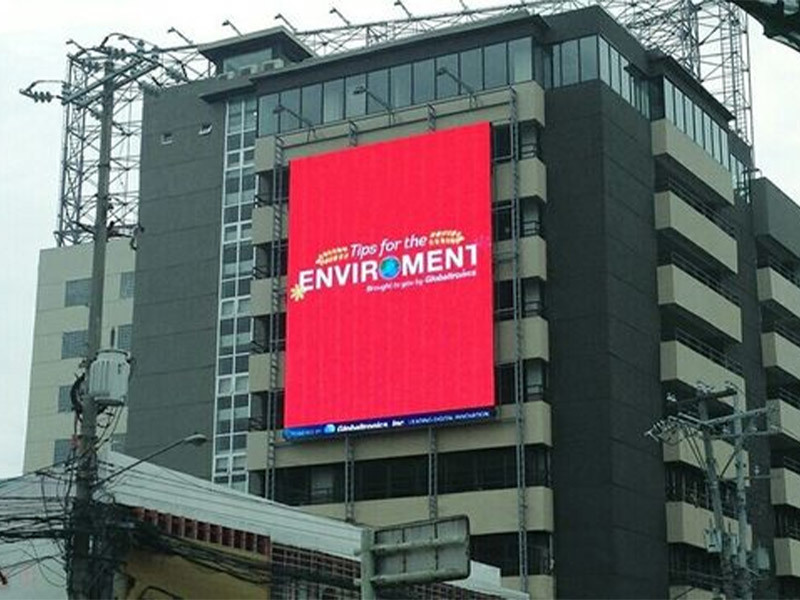BLOG
14 important parameters of LED lamp beads
It refers to the forward current value when the light-emitting diode emits light normally. In actual use, the IF should be selected according to the needs in 0.6· IFm or less.
2020/03/27

1. Working current If:
It refers to the forward current value when the light-emitting diode emits light normally. In actual use, the IF should be selected according to the needs in 0.6· IFm or less.
2. Forward working voltage VF:
The operating voltage given in the parameter table is obtained at a given forward current. It is generally measured when IF=20mA. The forward working voltage VF of the light-emitting diode is 1.4~3V. As the outside temperature rises, the VF will drop.
3.V-I characteristics:
The relationship between the voltage and current of the light-emitting diode is that when the forward voltage is less than a certain value ( called the threshold ) , the current is extremely small and does not emit light. When the voltage exceeds a certain value, the forward current increases rapidly with the voltage and emits light.
4. Luminous intensity IV:
The luminous intensity of a light-emitting diode usually refers to the luminous intensity in the direction of the normal (for cylindrical light-emitting tubes, its axis). If the radiant intensity in this direction is (1/683) W/sr, it emits 1 candela (symbol cd). Due to the small luminous secondary intensity of general LEDs, the luminous intensity is usually measured by candlelight (candela, mcd).
5. LED luminous angle:
-90°- +90°
6. Spectral half-width Δλ:
It indicates the spectral purity of the light-emitting tube.
7. Half-value angle θ1/2 and viewing angle:
θ1/2 refers to the angle between the direction where the luminous intensity value is half of the axial intensity value and the axial (normal) direction of the luminous intensity.
8. Full shape:
The angle converted according to the LED luminous stereoscopic angle is also called the plane angle.
9. Perspective:
Refers to the maximum angle of LED light, according to different viewing angles, the application is also different, also called light intensity angle. LED side light source LED injection module LED strip light LED waterproof glue filling module Hongyan cab Sany cab Sany Heavy Industry accessories
10. Half-shaped:
The angle between the normal 0° and the maximum luminous intensity value of /2. Strictly speaking, it is the angle between the maximum luminous intensity value and the maximum luminous intensity value / 2.
The packaging technology of the LED causes that the maximum luminous angle is not the light intensity value of normal 0°, and the deviation angle is introduced, which refers to the angle between the angle corresponding to the maximum luminous intensity and the normal 0°.
11. Maximum forward DC current IFm:
Maximum forward DC current allowed to be added. Exceeding this value can damage the diode.
12. Maximum reverse voltage VRm:
The maximum allowable reverse voltage. Beyond this value, the light-emitting diode may be damaged by breakdown.
13. Working environment TOPM:
The ambient temperature range in which the light-emitting diode can operate normally. Below or above this temperature range, the light-emitting diode will not function properly and the efficiency will be greatly reduced.
Key words:
Previous:
The next one:








